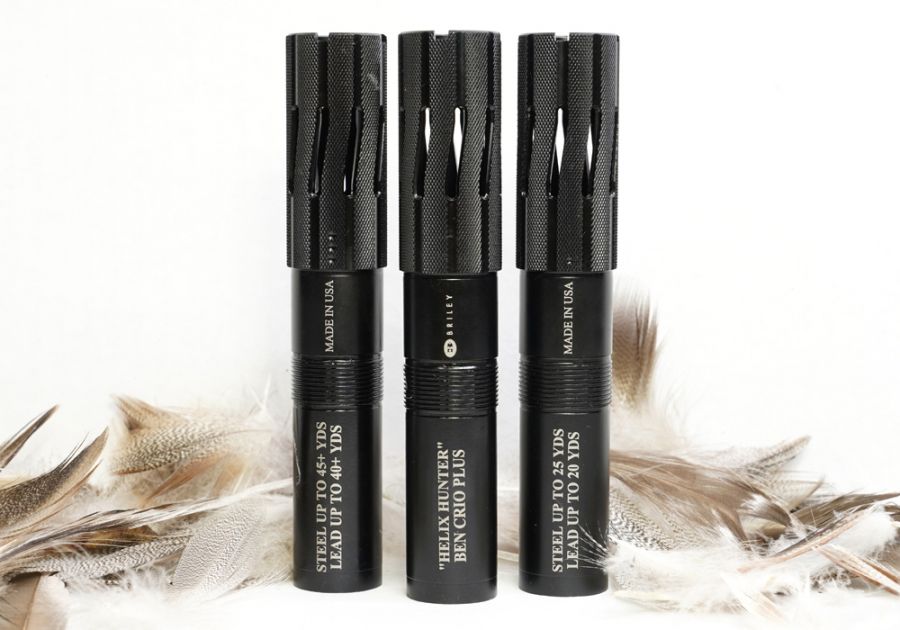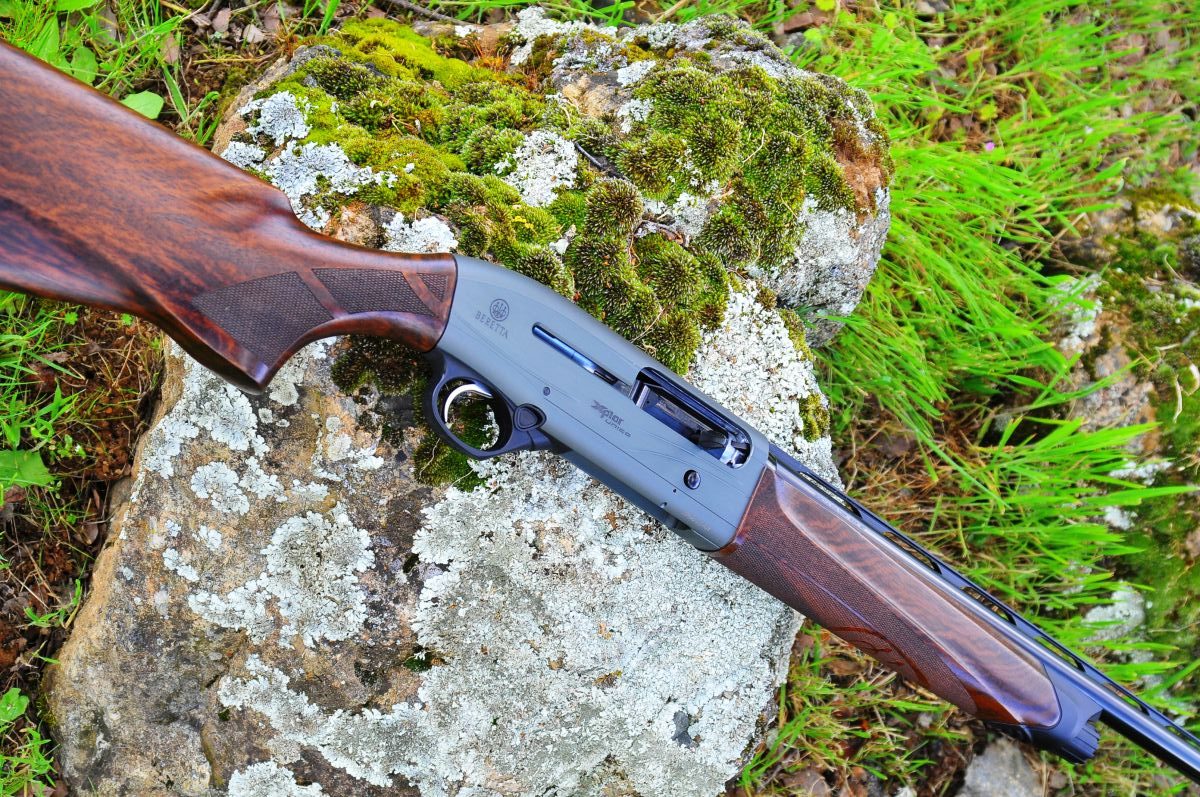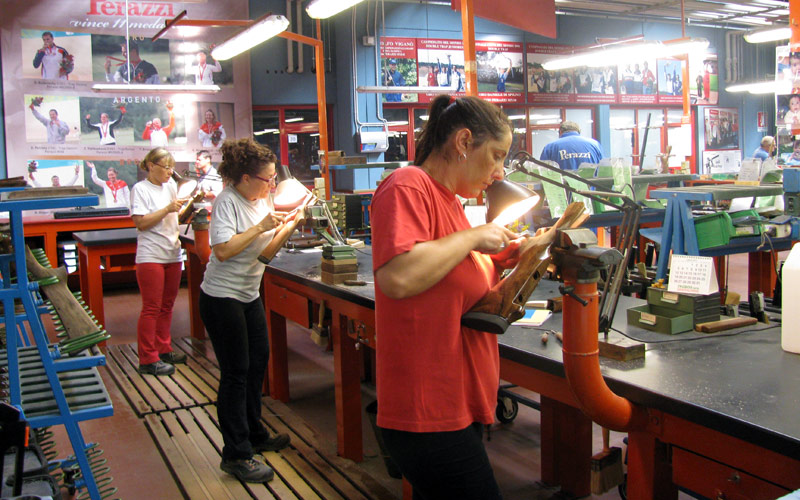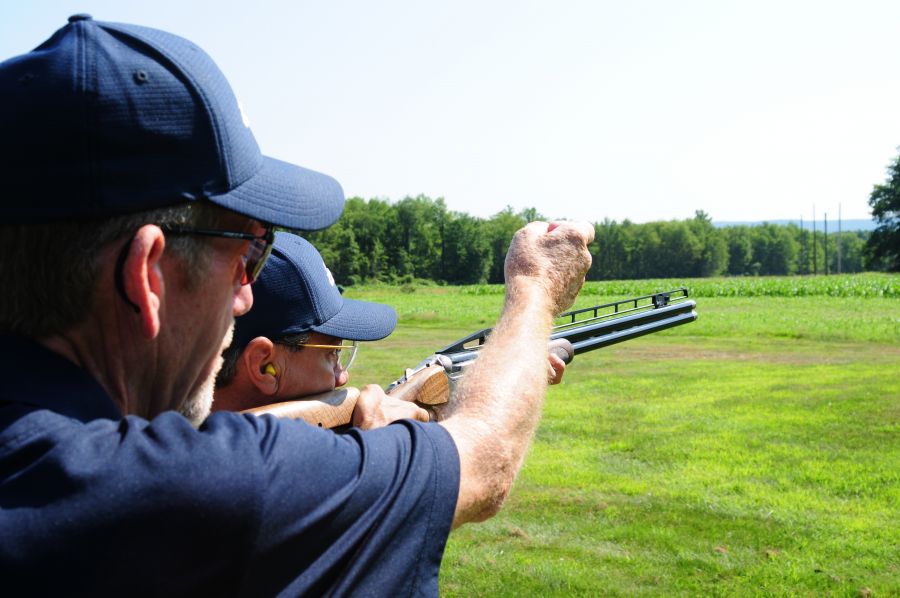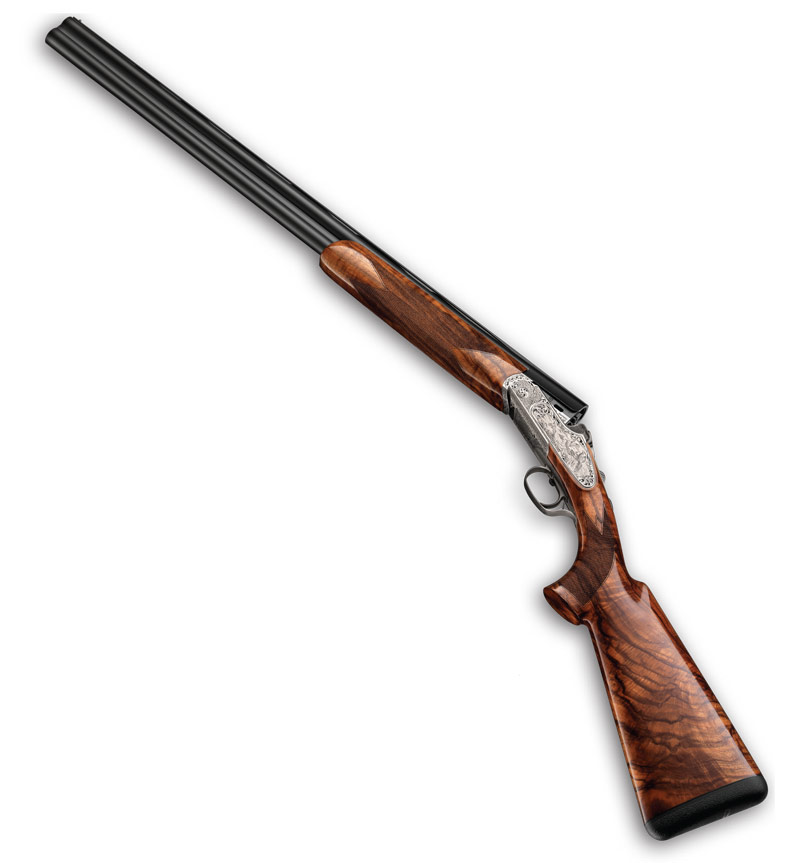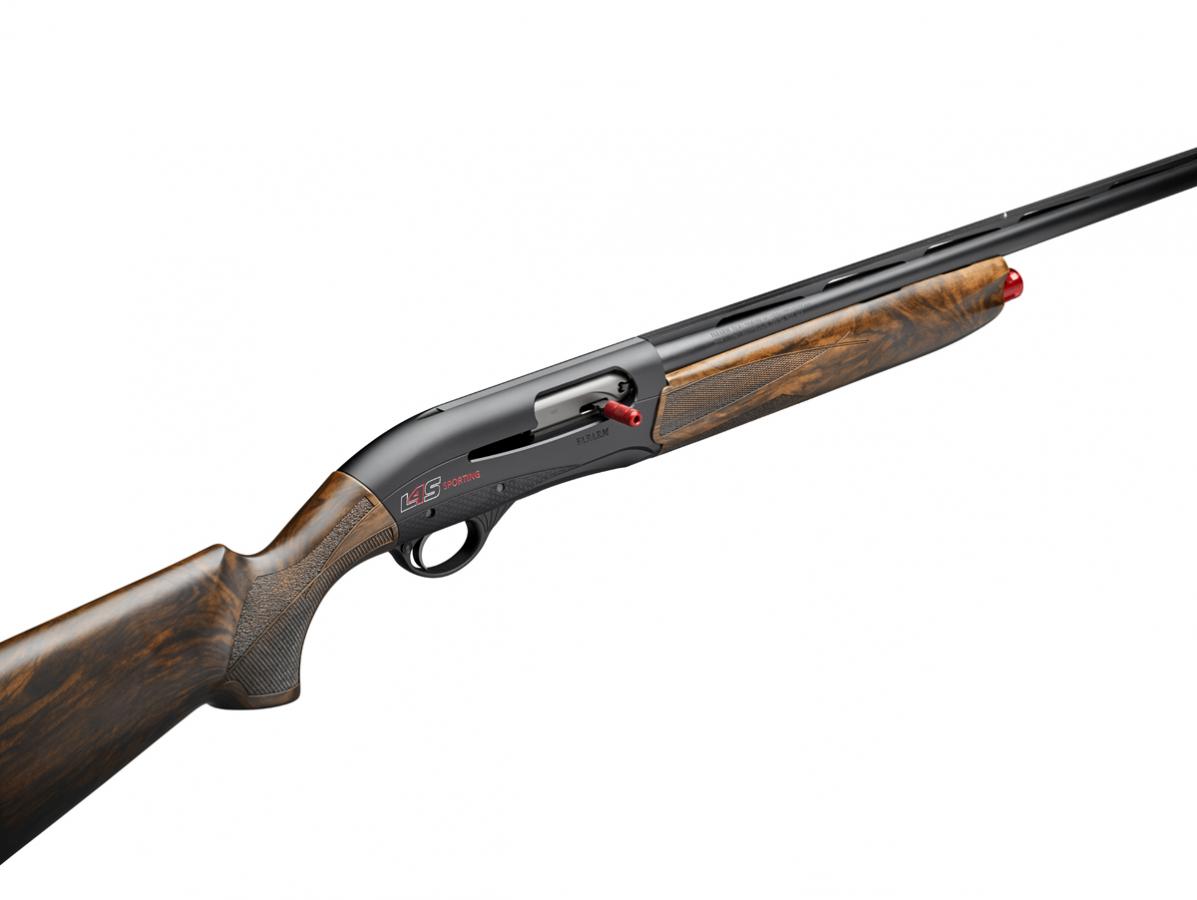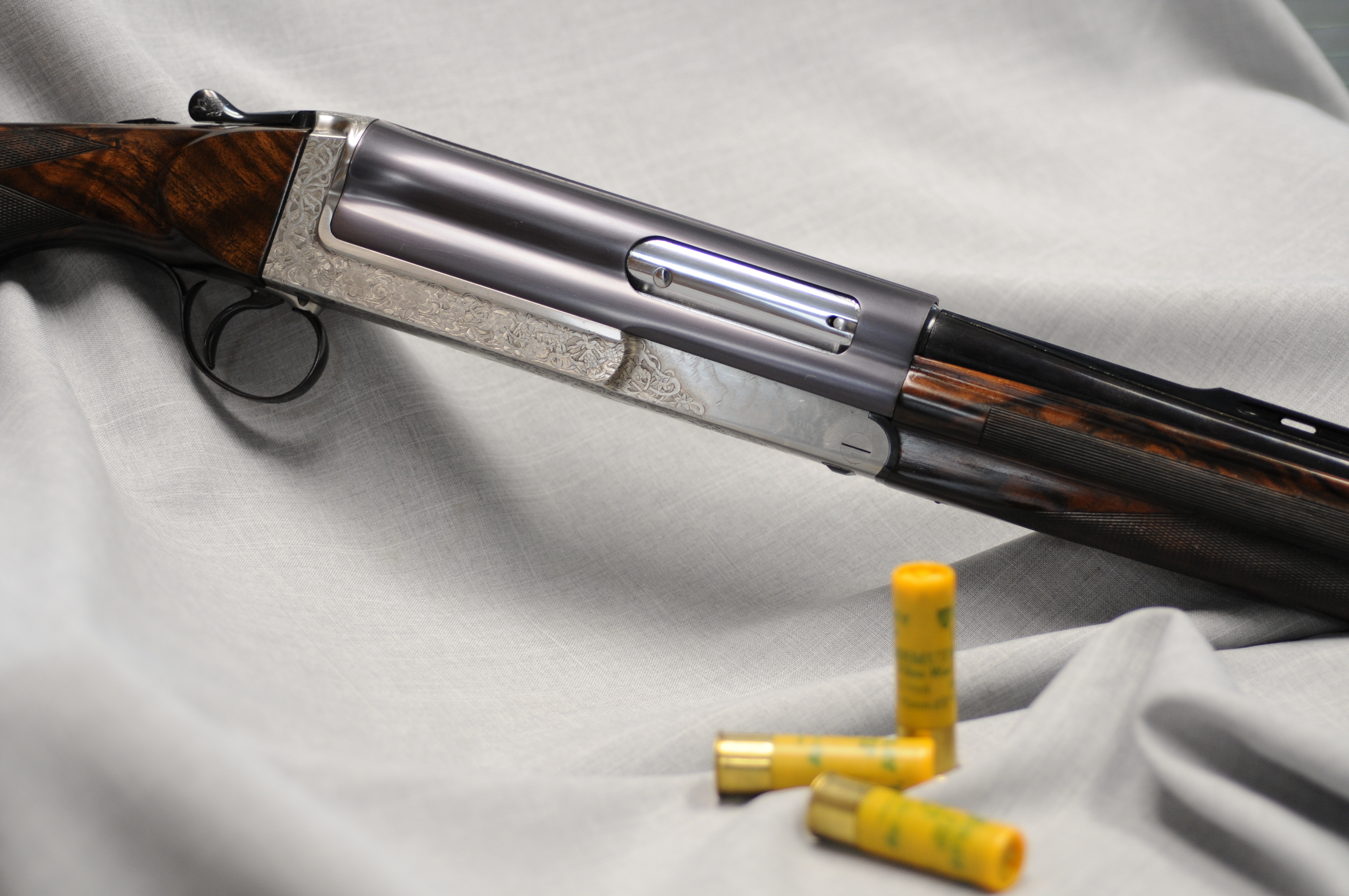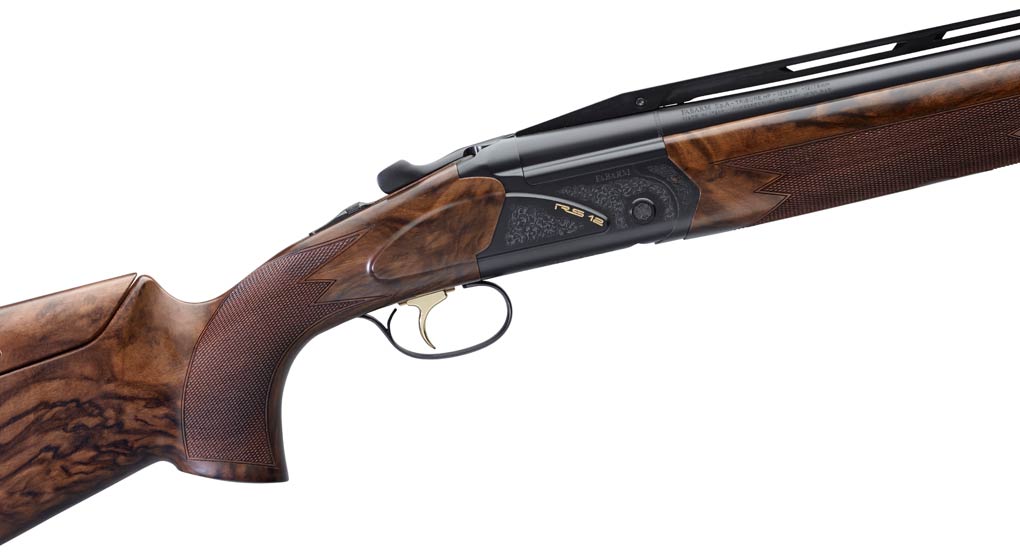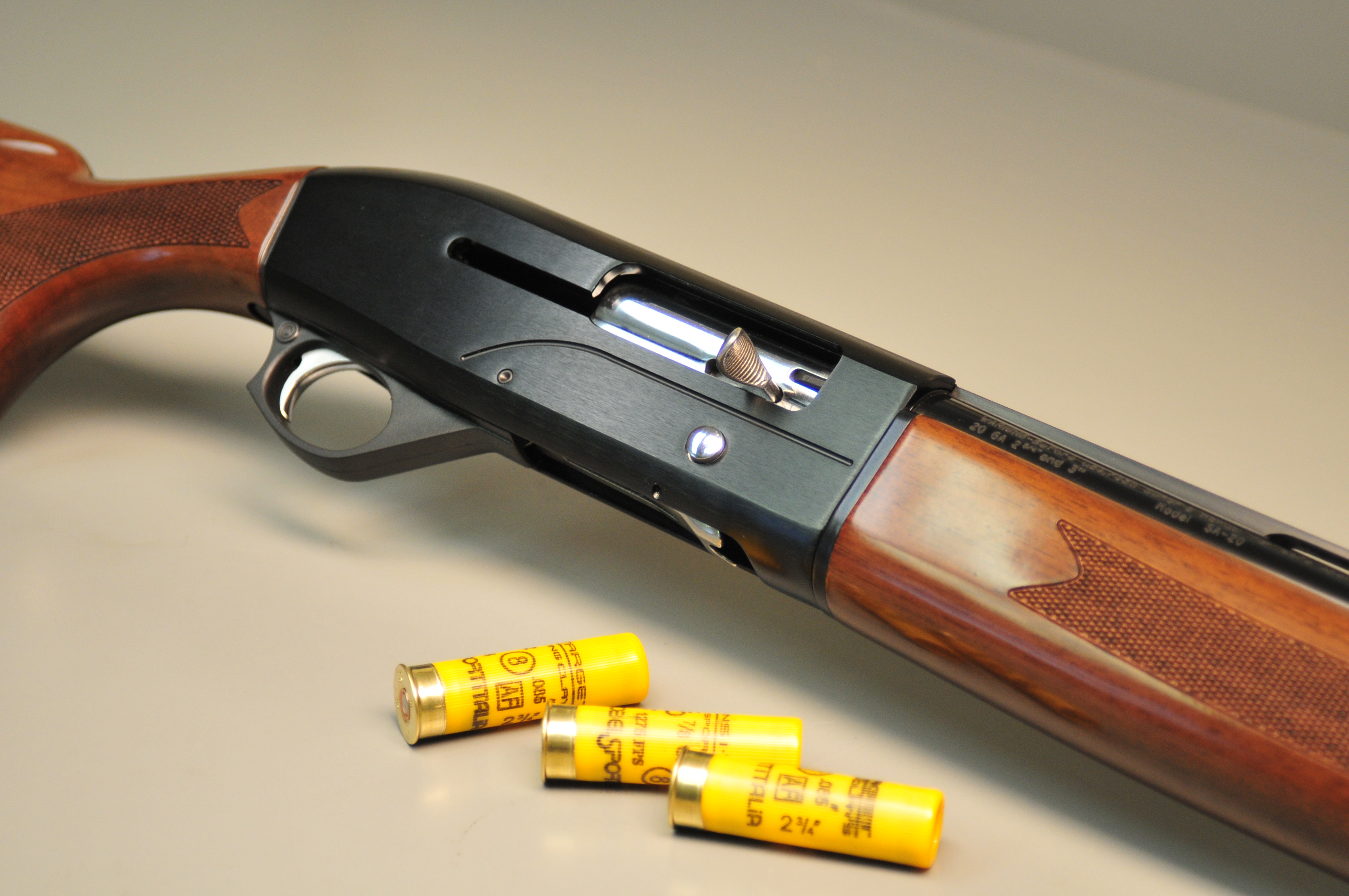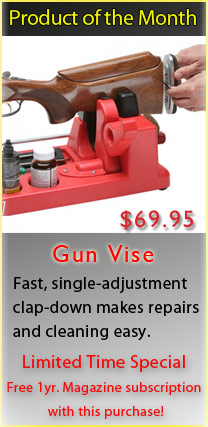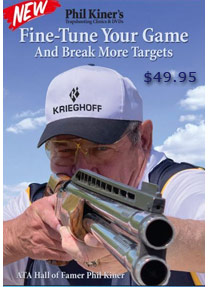A week of pattern work at Backridge Ammunition Tennessee, another week in western South Dakota of the same and additional pattern work got the new Briley high-performance Helix hunting chokes up and running for the big swamp test series that would last almost 10 days.
When I asked the good folks at Briley, the famous Houston-based aftermarket shotgun equipment manufacturer, about a new direction in hunting choke design the company just might be taking, they were quick to respond. In short order, I had three of the new Helix design-based hunting choke tubes at my door ready for some testing. Some folks are too young to remember, but Briley was a company instrumental in getting safe and effective steel shot compatible chokes off the design table and to waterfowl hunters’ guns in the early years of the federally mandated non-toxic shot requirement.

